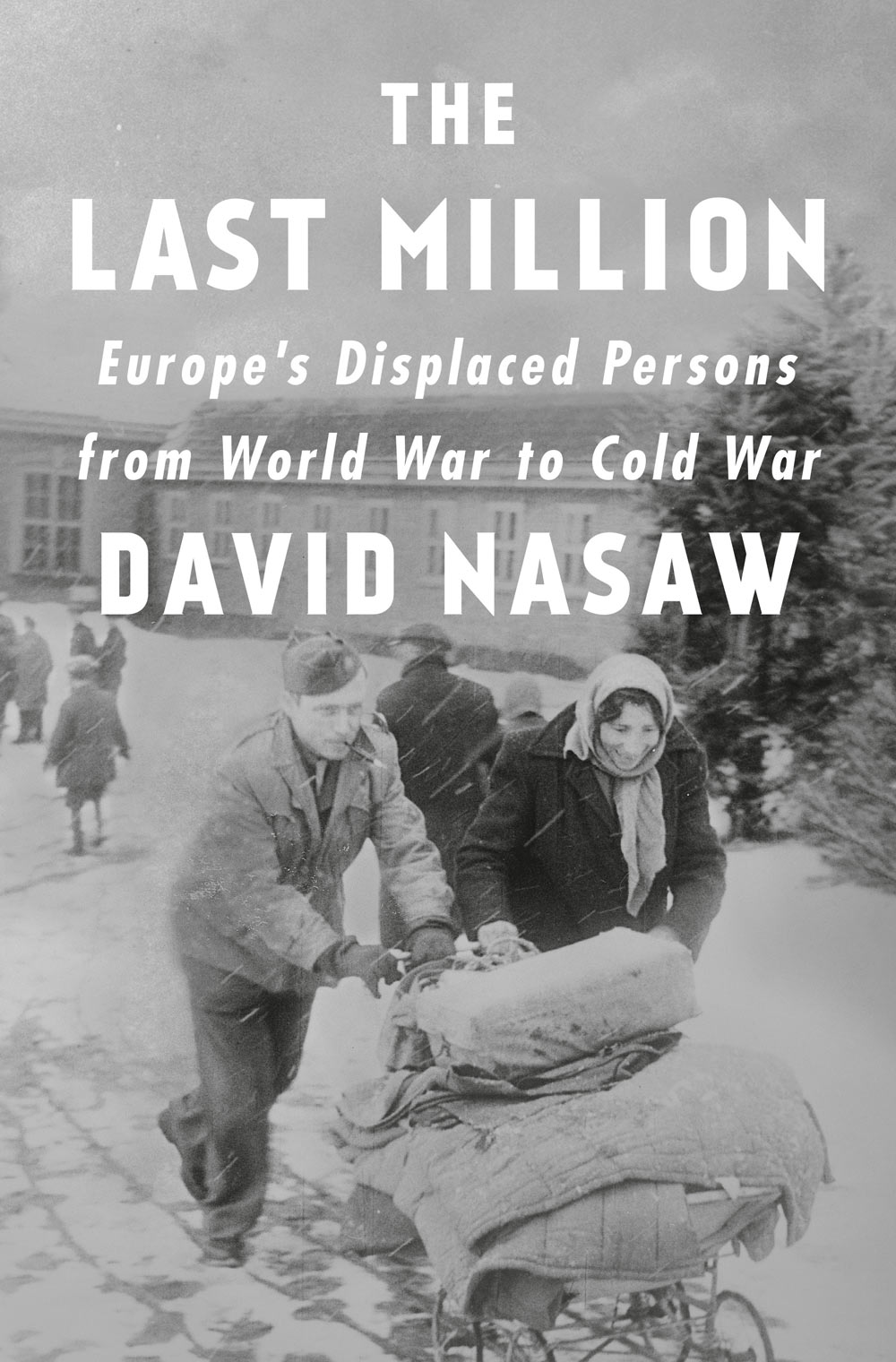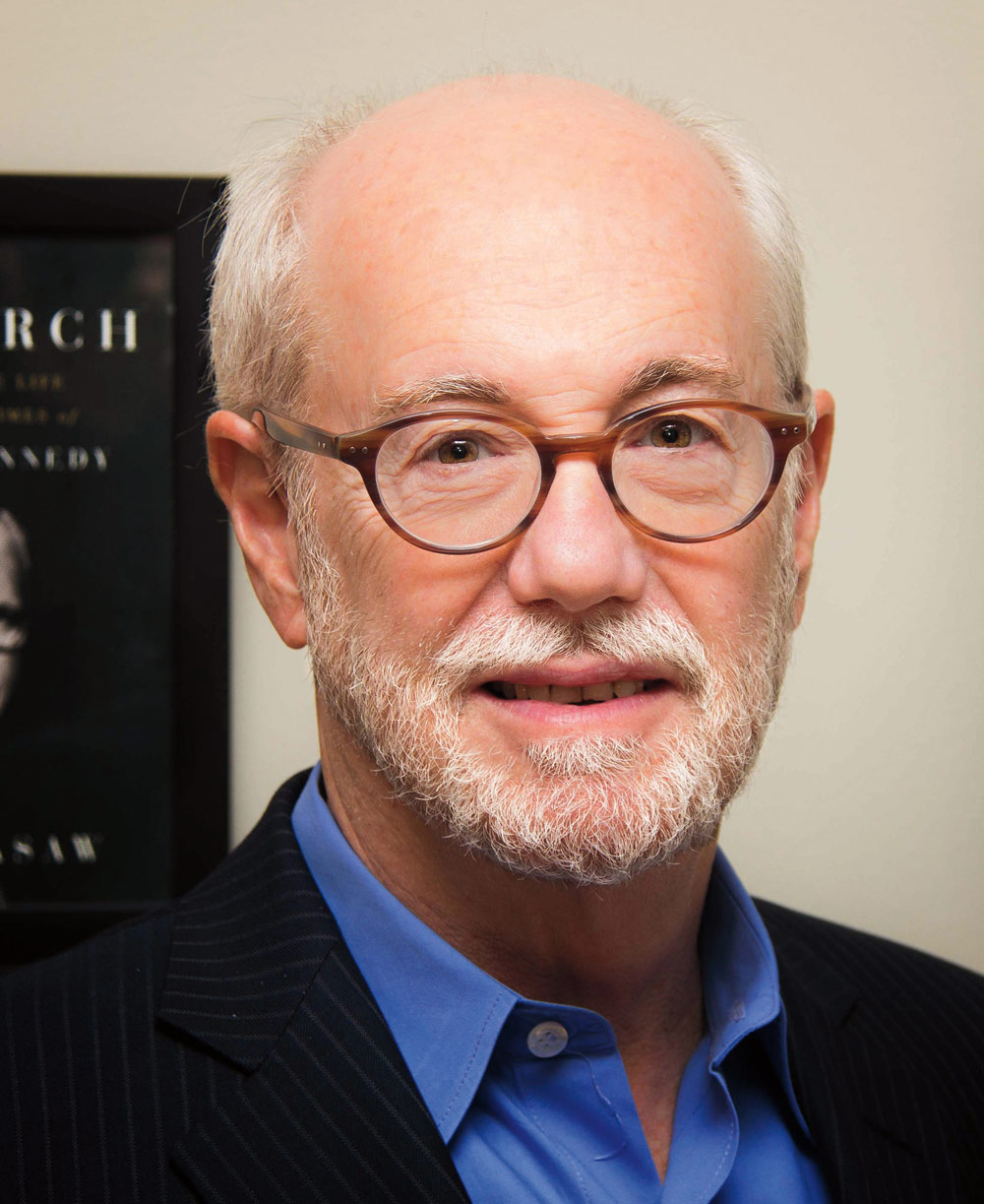

That photo, and the myth it symbolizes, was on Nasaw’s mind during the seven years he spent researching and writing his latest book — a complex and wide-ranging departure from his three prior best-selling biographies of Joseph Kennedy, Andrew Carnegie and William Randolph Hearst.
Although the United States provided housing and food in Germany for the million displaced persons (D.P.s) — Jewish concentration camp survivors, Polish forced laborers and natives of Ukraine, Lithuania, Latvia and Estonia — they were not welcome here.
“I hope one thing that readers take away is that there is a strain in American politics, society and culture that fears immigrants, fears difference,” Nasaw says. “Even though they were white and European and, for the most part, Christian, we didn’t let the displaced persons into this country because we feared them.



Because they were considered anti-Communist, “war criminals and Nazi collaborators from Latvia, Estonia, Lithuania, Ukraine and Romania could easily get into this country,” he adds. Holocaust survivors, however, were rejected because they were erroneously branded as Bolsheviks. Of the nearly 330,000 D.P.s admitted, only 57,000 were Jews.
Seventy-five years after the war’s end, the U.S. stance toward refugees remains problematic. Says Nasaw, “Those of us who believe that immigration policy should be based on truth — and on humanitarian as well as geopolitical concerns — have a big fight ahead of us.”
Sundays (Tupelo Press, 2020)
In this collection of lyric essays, Thomas Gardner ’74 depicts ordinary moments during a year’s worth of Sundays. As Professor G.C. Waldrep, English, notes in a review, Sundays is “a testament to long marriage, a ledger of losses, an exercise in attention.”
Susan McFadden ’70, M’72
Dementia-Friendly Communities: Why We Need Them and How We Can Create Them (Jessica Kingsley Publishers, 2020)
This book offers an overview of the dementia-friendly communities movement, showing the many benefits of this approach. It describes community initiatives from across the globe, such as Dementia Friends programs, memory cafés and creative engagement with the arts.
Philip Brady ’77
The Elsewhere: Poetry & Poetics (Broadstone Books, 2021)
The Elsewhere is a new arrangement of Brady’s new and collected works: three books of poetry, a verse memoir, a poetic prose memoir, essay collections on poetics and new poems. Scenes depicted range from Youngstown, Ohio, where Brady lives, to Lagos, Nigeria; Queens, N.Y.; and West Cork, Ireland.
Marian Frances Wolbers ’75
Pennsylvania Powwow: Rising Sun Above the Devil’s Door (Booklocker.com, 2020)
In Pennsylvania Powwow, a middle-aged woman named Leora leaves her family in urban Atlanta and returns to her hometown in Pennsylvania. She takes a job caring for a centuries-old stone farmhouse and discovers its historical ties to a healer who once lived there.
HARRY Bobonich M’58 AND CHRIS BOBONICH
Bloody Business: Missing People and Unsolved Murders (Self-published, 2020)
Harry Bobonich M’58 and son Chris wrote this collection of stories about baffling disappearances and unsolved murders. Their subjects are men and women who are gone, but not forgotten.